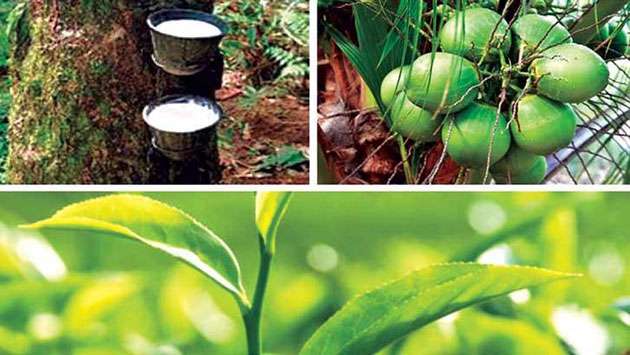Sri Lanka’s agricultural sector is facing a significant setback, with production of key crops such as paddy, tea and coconut falling sharply.
This comes as global agricultural commodities, including coffee and cocoa, are also struggling with supply chain disruptions due to extreme weather.
The combined effect is pushing up prices in Sri Lanka, and food inflation has become a growing concern for consumers and policymakers.
In Sri Lanka, production of paddy, the country’s main crop, has declined significantly. As of end-December 2024, the forecast paddy production for the 2024/25 Maha season was 2.57 million metric tons, a decrease of 5.77 percent from the previous season.
The decline in paddy production has exacerbated rice price inflation. Retail stores have reported rice shortages, with some varieties out of stock for weeks or months. In response, the government has intervened in rice imports, minimum paddy prices, and maximum rice prices, but with limited success in stabilizing the market.
Meanwhile, Sri Lanka’s tea production, the country’s largest agricultural export, showed growth in both December 2024 (9.6 percent) and January 2025 (14.6 percent). However, production fell sharply by 22 percent in February 2025, totaling 15.59 million kilograms. This decline reduced the cumulative production for the first two months of 2025 by 0.07 million kilograms. At the same time, tea auction prices have also been falling.
Coconut production has also suffered a significant setback, falling by 33.1 percent in December 2024 and 32.2 percent in January 2025. This ongoing supply problem has led to a rise in coconut prices, with households now paying close to Rs. 200 per nut.
On a more positive note, domestic rubber production grew by 32.4 percent in December 2024, but provisional data shows a decline in January 2025.
Globally, prices of both coffee and cocoa have risen sharply in recent months. According to the Food and Agriculture Organization of the United Nations, world coffee prices rose by 40 percent in 2024, reaching multi-year highs due to supply disruptions caused by adverse weather conditions.
Similarly, cocoa prices rose by 30 percent in December 2024, hitting an all-time high of US$10 per kilogram. The increase was mainly driven by adverse weather conditions in West Africa, particularly Côte d’Ivoire and Ghana, which together account for 60 percent of global cocoa production.





